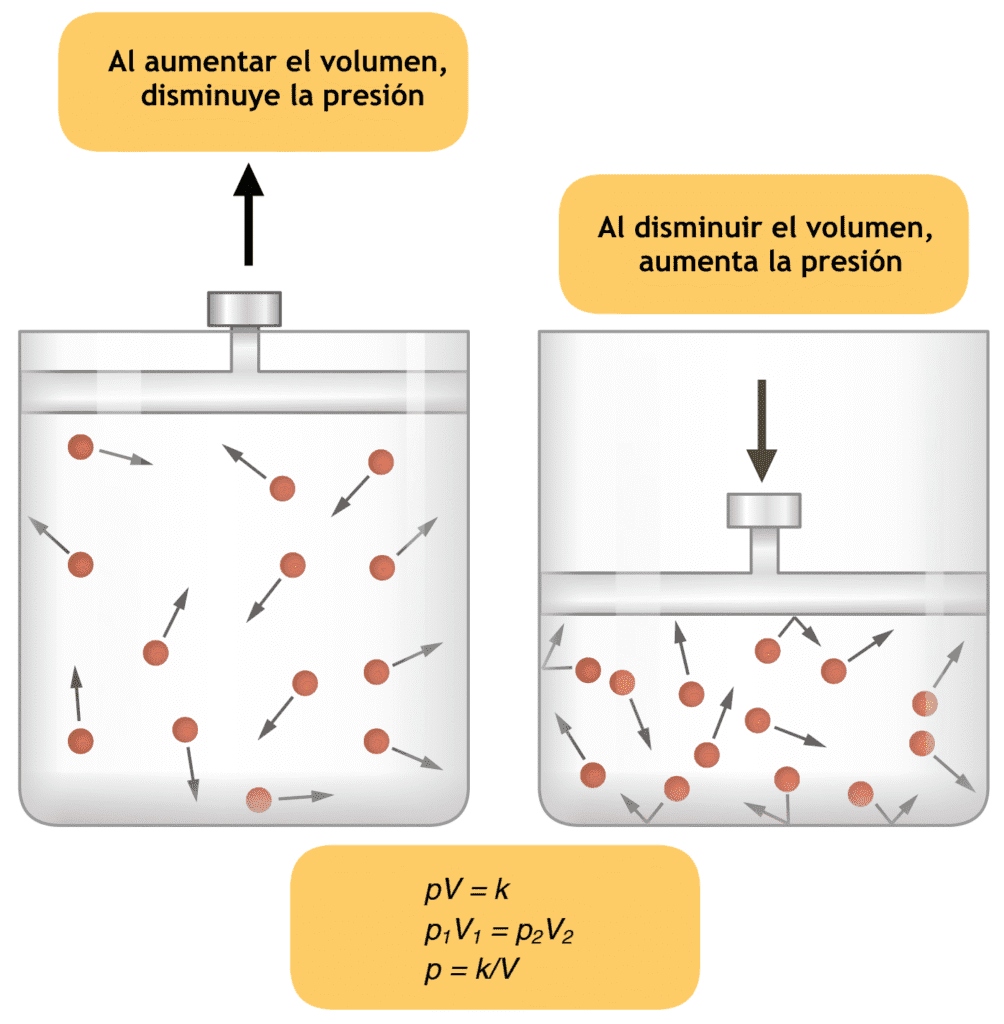What is Nitrous oxide gas ?
Nitrous oxide gas is a Gaseous Anesthetic agent. Nitrous oxide gas is a colorless, inorganic gas with a sweet taste.
The oxygen in the nitrous oxide molecule is not available for tissue respiration as nitrous oxide does not undergo significant decomposition in the body.
Nitrous oxide gas, if administered along with air, produces a stage of excitement and delirium and also produces amnesia. Hence it is also called as the “laughing gas”. It is commonly used together with oxygen and ether (Gas-Oxygen-Ether or G-O-E technique).
It produces analgesia when inhaled in the concentration of 35 to 40 per cent with air. Loss of consciousness occurs with the concentration of 65 to 70 percent and plane I of surgical anesthesia can be reached with an 80 : 20 mixture of nitrous oxide gas and oxygen. A further increase in the concentration of the anesthetic agent produces hypoxia.
Nitrous oxide gas has no serious, deleterious effects on circulation, respiration, liver and kidneys, and it is probably the safest anesthetic agent.
Absorption, fate and excretion: Nitrous oxide gas is not altered within the body and is carried in the form of a physical solution in the blood. It is rapidly eliminated through lungs within 2 to 5 minutes after its withdrawal.
Advantages of nitrous oxide gas
- Non-inflammable and non-irritant.
- Rapid induction and recovery.
- Analgesic in sub anesthetic concentration; and
- Nausea and vomiting are uncommon.
Disadvantages of nitrous oxide gas
- Not a potent anesthetic agent by itself; must be supplemented with either a pre anesthetic agent or ether or a muscle relaxant.
- Excitement may be violent.
- CO, accumulation and hypoxia may develop during prolonged use.
- A special apparatus is required.
- An increase in spontaneous abortions has been reported in the wives of male dentists and in female chair side, dentists’ assistants.
- Any closed gas-filled space tends to expand during administration of nitrous oxide. It is therefore, contraindicated in patients with collections of air in the pleural, pericardial or peritoneal cavities; intestinal obstruction; occlusion of the middle car; chronic obstructive airway disease; or emphysema. It is also contraindicated in patients who have recently undergone pneumoencephalography.
Therapeutic uses of nitrous oxide gas
It may be used for tooth extraction, obstetric analgesia; and during painful procedures such as changing dressings in burns patients, cleaning and debridement of wounds and cauterization.
Other uses: Measurement of coronary/ cerebral blood flow by Fick’s principle.
Since modern surgery makes increasing use of electronic devices, inflammable and/or explosive anesthetics like cyclopropane, ethyl chloride and ether are now considered obsolete in many advanced countries. Open ether, however, is still being used in many developing countries and is considered as a safe anesthetic despite its inflammable and explosive nature, particularly when a qualified anesthetist and anesthetic equipment are not available.

